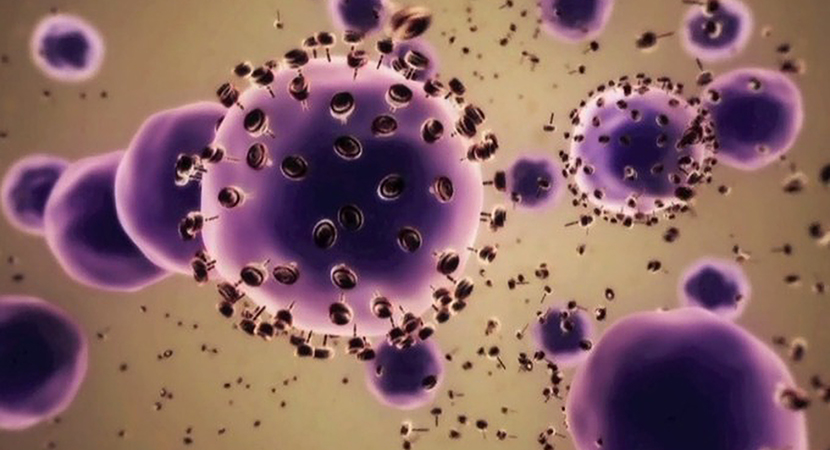
An Interview with Omid Farokhzad, MD
In 2015, a research team led by Omid Farokhzad, MD, received a $100,000 Stepping Strong Innovator Awards grant to address the problem of bacterial infections and lack of new bone growth in patients who undergo orthopaedic trauma surgery. In this interview, Farokhzad describes what his team has accomplished and looks forward to the next steps.
Q: It’s been almost a year since you received a grant for your Stepping Strong Innovator Awards project, Healing Bones with Nanodrones: The Next Frontier in Orthopaedic Surgery. How has that project matured?
A: From a technology application perspective, we have successfully developed nanoparticles that would be useful for therapeutic bone targeting. But equally important, at a fundamental level, we have also learned that the biological fate of these particles—which essentially refers to everything a nanoparticle does in the body—is heavily dependent on subtle differences in the surface properties of the particles themselves.
“Thanks to Stepping Strong, we were able to assemble two vastly different multidisciplinary teams with unique areas of expertise—nanomedicine and orthopaedic surgery—to pursue this important area of research.”
Q: What did you find out about the surface properties of the nanoparticles?
A: When a nanoparticle interacts with biological fluid in a patient’s body, very rapidly, a layer of protein from the body’s fluids forms a protein shell (a “protein corona”) on the nanoparticle surface, giving that particle a unique fingerprint. We now understand that this fingerprint gives the particle its own unique biological behavior—a fact that, up until recently, was underappreciated.
Q: Why is this important for treating bone injuries?
A: Here’s why: The fingerprint has a profound effect on how nanoparticle design can and should be optimized for bone healing. For example, a correctly configured protein corona fingerprint can impact how long nanoparticles can reside in the bone microenvironment, thus enhancing its interaction with specific cells in this environment. While this adds a level of complexity to our research, we are also excited about the potential outcome for trauma patients. With this improved understanding of the nano-bio interface, we expect that safer and more effective technologies can emerge for bone regeneration in a trauma setting.
Q: What are the next steps?
A: We are in a very exciting phase of the project. Thanks to Stepping Strong, we were able to assemble two vastly different multidisciplinary teams with unique areas of expertise—nanomedicine and orthopaedic surgery—to pursue this important area of research. Specifically, members of our BWH nanomedicine team (Jinjun Shi, PhD, and Morteza Mahmoudi, PhD) and Mitch Harris, MD, orthopaedic trauma surgeon and director of the Stepping Strong Center have worked together to submit a Department of Defense grant entitled, “Multi-functional Nanoparticles for Prevention of Osteomyelitis, Promotion of Bone Healing, and Regeneration Post-Orthopedic Trauma Surgery,” with a shared goal of securing additional funds to improve outcomes for trauma patients.
